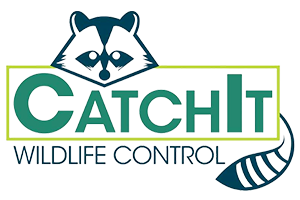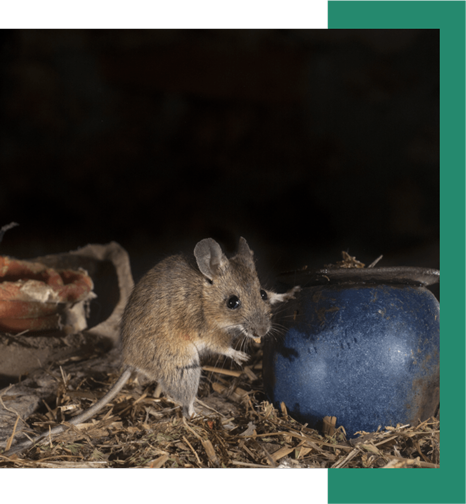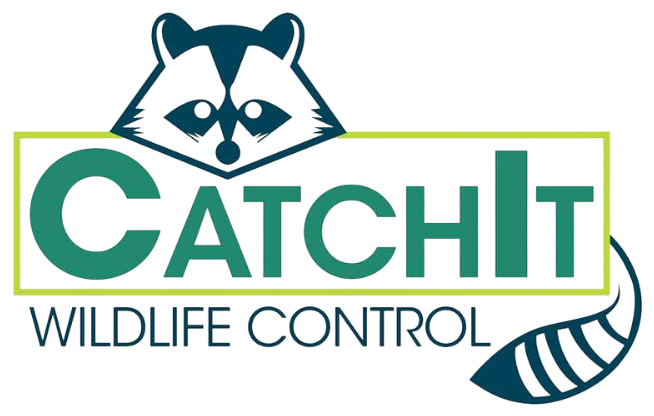Attic restoration isn't something you usually think about until it's necessary. It's the unsung hero of maintaining your home after a wildlife incident. Once the critters are gone, restoring your attic to its original state is a crucial next step. Not only does it prevent future invasions, but it also ensures the safety, hygiene, and longevity of your house.
Living in Central Illinois, we're all aware of the common intruders: squirrels, raccoons, bats, and birds. They seek refuge in attics for warmth, protection, and breeding. According to the National Pest Management Association, wildlife infestations occur in about 29% of American homes every year. Although these animals may seem harmless, they can cause significant damage to your home.
Squirrels, for instance, are notorious for chewing through wires, which can lead to electrical malfunctions or even fire hazards. Raccoons, being much larger, can weaken structural integrity by tearing apart insulation and wooden beams. Bats and birds might seem less destructive, but their droppings or guano, if accumulated, can lead to serious health risks and damage to your belongings stored in the attic.
One lesser-known fact is that some of these animals, particularly raccoons and bats, are carriers of zoonotic diseases, such as rabies or histoplasmosis. Their droppings can become a breeding ground for harmful bacteria and fungi that can cause severe health issues if inhaled or accidentally ingested.
Given these problems, you might be thinking: "Why can't I just clean up myself?" The answer lies in the complexity and potential risks involved. Attic restoration is not just about cleaning up. It's a meticulous process that requires expertise and specialized equipment.
Firstly, we conduct a thorough inspection to assess the extent of the damage. Then comes the removal of damaged insulation and any remnants left by the wildlife, such as nests or droppings. This process requires proper safety measures to prevent disease transmission. After the clean-up, we sanitize the entire area to kill any remaining pathogens and apply an odor treatment to eliminate any smells that might attract future wildlife.
Following the sanitation process, we repair any structural damage caused by the intruders. This could range from replacing chewed wires to reinforcing damaged beams. Finally, we reinsulate the attic using top-grade materials that can resist future wildlife invasions, maintain a comfortable home temperature, and improve energy efficiency.
Here's a sobering statistic from the U.S. Department of Energy: homeowners can lose up to 30% of their home's heating and cooling energy through air leaks, especially in under-insulated attics. Therefore, a well-restored attic is not just a safe attic; it's an energy-efficient one too.
While doing all this yourself may seem like a cost-effective option, the potential risks and drawbacks are numerous. Inadequate cleaning or restoration can lead to lingering health risks, re-infestation, and higher energy bills. Additionally, without proper training and tools, you could inadvertently put yourself at risk during the cleanup process.
Our approach is comprehensive, professional, and tailored to the specific needs of your home. We bring years of expertise, high-quality materials, and a commitment to restore your peace of mind. This service is not merely about removing wildlife; it's about ensuring your home remains the safe and welcoming place it should be.
If you're dealing with the aftermath of a wildlife invasion, we're here to help. Don't let the unseen damage in your attic become a larger issue.
Contact us for professional attic restoration, and let's bring your home back to its optimal state.
900 Commerce Place
Suite 1001
Forsyth, IL 62535
CatchIt Wildlife Control



